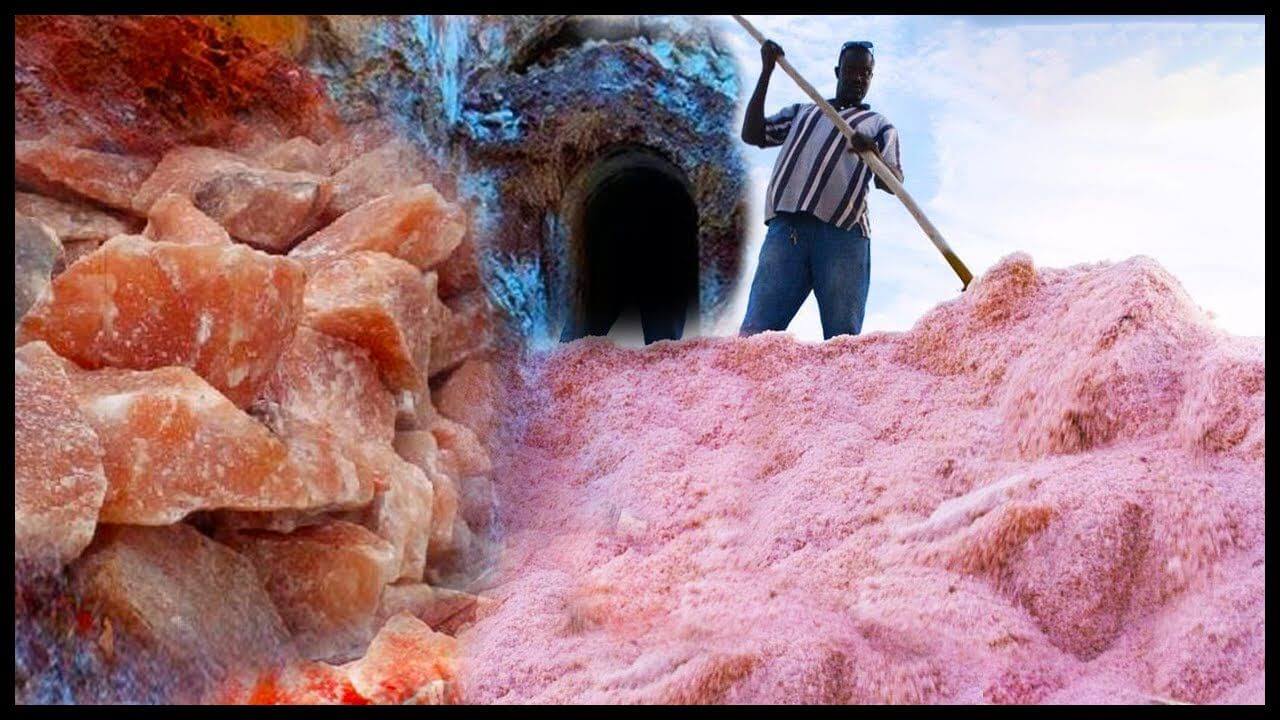Himalayan salt blocks complement your kitchen but have more to them. The travel of the salt to you started millions of years ago on the opposite side of the planet. Loved for thousands of years for its taste and health advantages, Himalayan salt is rare and costly. Himalayan pink salt‘s background is a fantastic journey across time. Initially found in the Khewra Salt Mines range, it is now a joint health supplement and cooking aid. Whether you use Himalayan pink salt for taste or because it is said to be relatively healthy, researching it is enjoyable.
Origin of Himalayan Pink Salt
Himalayan pink salt is created in northern Punjab, Pakistan, at the notable Khewra Salt Mine. The mine was discovered while Alexander the Great’s army traversed the 320 BC terrain. It lies among the Himalayan foothills. They said they had found the Khewra salt deposits when the troops started to lick the rocks, and they came upon their horses.
But before Alexander the Great’s army discovered it, Himalayan pink salt had long existed in the rocks and soil near Khewra. Lava flows buried crystallized salt minerals from dry sea beds around 200 million years ago. Himalayan salt was produced thus. The salt was clean from outside world pollutants, hidden under snow, ice, and rock. Thousands of years later, miners discovered a pure mineral-rich salt from the iron in the mine that had a brilliant pink hue.
Mines
Small quantities of salt were taken and sold from the Khewra mine as early as the 1300s. However, big-scale mining began in 1872 when British engineer Dr. H. Warth excavated the main tunnel. Warth added excavating tools, a consistent water source, and storage facilities to strengthen the existing digs. At the Khewra mine, the infrastructure enhancements were so outstanding that output skyrocketed. Individuals were fined and caught smuggling salt.
The Khewra Salt Mine is said to have 600 million tons of salt. The mine produced more than 187,000 tons of ore annually before Dr. Warth took it. Thanks to modern tools and techniques of excavation, that figure had climbed to roughly 385,000 tons annually by the twenty-first century. Not to panic; supplies won’t soon run out. Though it has already reached 19 floors, the Khewra Salt Mine will keep producing salt for another 350 years.
Cultural Overview
Given its performance, the Khewra Salt Mine has become a highly well-known tourist destination and a significant component of the local culture. Hundreds of thousands visit the Khewra Salt Mine annually due to its great notoriety.
If you wish to see personally where the salt in the Himalayas originates, a journey to Khewra is an adventure. Visitors can see salt brick sculptures, the massive Assembly Hall, a salt bridge over a saline pond, and the Sheesh Mahal, which shines with pink salt crystals, on a dedicated railway that transports them far into the mine.
Why And how does Himalayan Pink Salt Work?
In the food industry, Himalayan pink salt is exceptionally prized for its elegant appearance and subdued taste. A delicate sprinkling can be added to end meals and season meats and veggies. Because they provide a lovely display and a mild, salted taste, Himalayan salt blocks are frequently used in cooking and preparing meals. Himalayan salt is prized for purposes other than cooking. Some claim it helps you stay hydrated, balances your fluids, and when used in salt lamps or inhalers, helps your lungs function better. Though some advantages are supported by scientific study, others are still merely anecdotal and demand more excellent study.
In spas and other therapeutic settings, Himalayan pink salt is frequently used in treatments like salt lamps, scrubs, and baths. These are supposed to support skin health, detoxification, and relaxation. By releasing negative ions, Himalayan salt lamps produce a pleasant, pink glow that is believed to relax individuals and improve air quality. Ensuring that Himalayan salt extraction does not overly harm the environment is vital. Responsible behaviour at Khewra and other mines emphasizes minimizing harm and preserving the natural surroundings.
Additionally, the AR International initiative is to support nearby towns by generating employment and maintaining moral standards in the workplace. Himalayan pink salt is gently moved from the mine to the buyer to keep its virtue and quality. Biodegradable and harmless to the ecosystem, bundling arrangements are progressively used to diminish natural harm during conveyance.

